
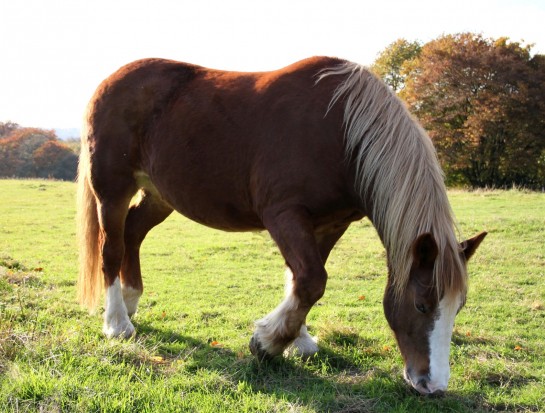
When relaxed or tired all horses rest a back leg, it's a normal stance and usually there is nothing to worry about. However, if you are at all concerned and find that even when you ask them to walk on, your horse still does not want to put their foot on the ground, there could be something more serious going on which would need investigating.
If a horse is not willing to put a hind foot on the ground and does so every now and again, you would need to establish just what is going on. The first thing to check is whether they have a stone stuck between the hoof and their shoe or some foreign object embedded in their sole. If this is not the case there could be other reasons why your horse doesn't want to put their back foot on the ground which are listed below:
Very often when the ground is hard and horses cavort around in their field when first turned out, they can suffer a stone bruise which would result in them being lame for several days and often even longer. Hoof testers are great tools to have in a grooming kit, but you need to know how to use them. If you are at all unsure, it's best to leave this up to a vet or your blacksmith who will quickly find out which part of the sole is the most tender before advising the best way to make your horse more comfortable.
If you find your horse has got a loose shoe, it could be one of the nails is causing the problem. If this is the case you would need to call the farrier to sort things out for you. You should never attempt to remove a shoe yourself unless you really do know what you are doing. The reason being you could cause even more damage by ripping the nail hole which can also make re-shoeing your horse that much harder for the blacksmith to do.
You should check if there is any heat in the affected back leg by comparing it to the other one. If you find there is a lot of heat, you should give your vet a quick call and get them to check your horse out sooner rather than later.
When checking your horse's back leg, you may come across a soft swelling which would need to be checked out. If you find a firm swelling this could be due to bony changes namely a splint forming. Again, a quick examination by your vet or blacksmith would confirm if this is indeed the case.
If your horse has a cut on their leg whether above the hock or on the lower leg, they may not want to put their full weight on the affected leg. If you find a cut or wound, the best thing to do is to make sure it is very clean and then treat it accordingly. You may need to bandage the leg, but this depends on where the wound is located.
Heels can be difficult to treat which is why it's a good idea to get the vet out and see what they recommend you should do. The most important thing is to keep the area affected as clean as possible which could mean a bit of box rest for your horse especially if their paddock is muddy.
If there's an abscess forming in the foot, your horse will show a reluctance to put their foot on the ground. If you think it is an abscess that's causing the problem, you would need to discuss things with your vet. They would recommend which route to take and whether the abscess should be dug out or left to burst out at the coronary band.
You need to bear in mind that if you decide to leave the abscess to burst out the healing process will be that much longer. To get your horse through the pain, they would need to be given Bute or some other pain relief medication and that you would not be able to ride them.
If your horse is prone to laminitis, this too can be the cause of them not wanting to place a foot on the ground. Horses with the condition prefer to shift their weight from leg to leg as a way of making things more comfortable for themselves.
Very often when a horse is lame on a back leg, they nod their heads when they walk. This is their attempt to shift the weight off an affected leg by using the counter-weight of their neck and head. It can be very hard to distinguish which back leg your horse is lame on and when they stand still, you may find they shift their weight from leg to leg which doesn't help matters either. This is where having another person around can really help especially if it's a blacksmith or vet.
You may have to lunge your horse and/or ask them to trot up in hand to assess just how lame they are on a back leg. If they are just a little bit lame, it is often harder to find out just what is going on and you might have to wait for the symptoms to worsen before establishing what the root cause of the problem actually is.
More often than not when a horse stands resting a back leg, this shows a relaxed or tired stance which is quite normal and you don't have anything to worry about. However, if your horse still does not put their foot on the ground when you walk them forward, there could be something going on which would need to be investigated sooner rather than later either by a vet or your farrier.
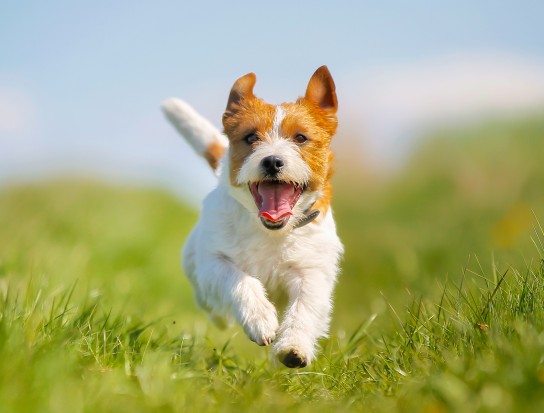 11 Ways To Minimise Exposure To Environmental Allergens In Dogs
11 Ways To Minimise Exposure To Environmental Allergens In Dogs
 Bad Rabbit Behaviour - Some Common Rabbit Problems Addressed
Bad Rabbit Behaviour - Some Common Rabbit Problems Addressed
 Coughing In Ferrets - Should You Be Worried?
Coughing In Ferrets - Should You Be Worried?
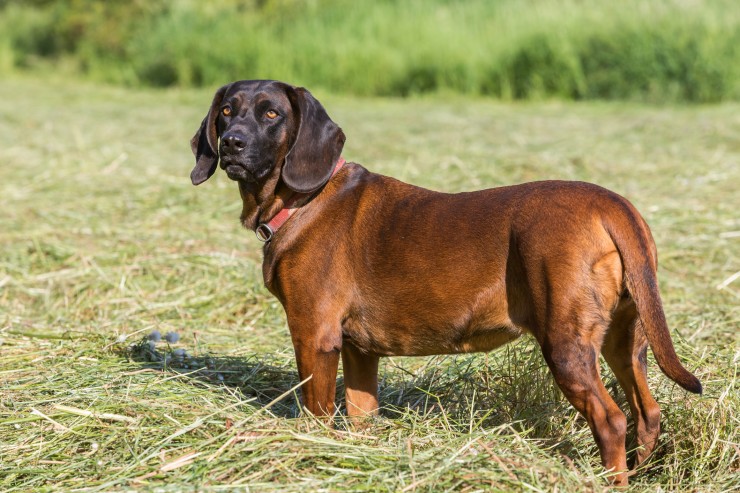 Which Breeds Of Dog Have The Best Scenting Abilities?
Which Breeds Of Dog Have The Best Scenting Abilities?
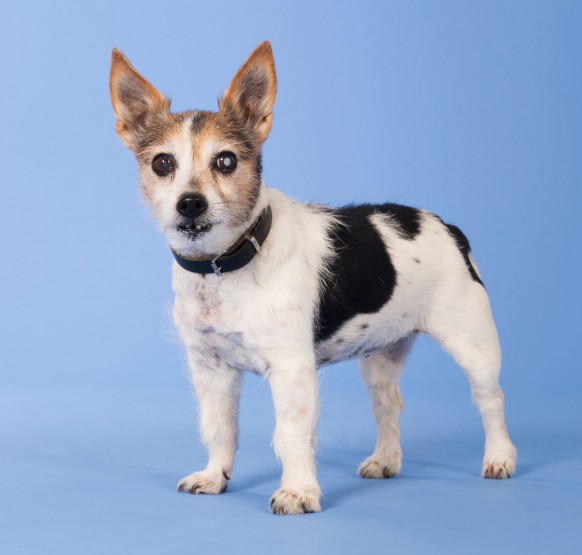 Jack Russells And Cataracts
Jack Russells And Cataracts
 The best and unique dog care services available online
The best and unique dog care services available online
 The Uk’s Top 10 Most Popular Cat Breeds
The Uk’s Top 10 M
The Uk’s Top 10 Most Popular Cat Breeds
The Uk’s Top 10 M
 Information About Dogs For Potential Dog Owners
Information About
Information About Dogs For Potential Dog Owners
Information About
 All Dogs Are Gorgeous Whether They Are Pedigree Or Mixed Breeds
All Dogs Are Gorg
All Dogs Are Gorgeous Whether They Are Pedigree Or Mixed Breeds
All Dogs Are Gorg
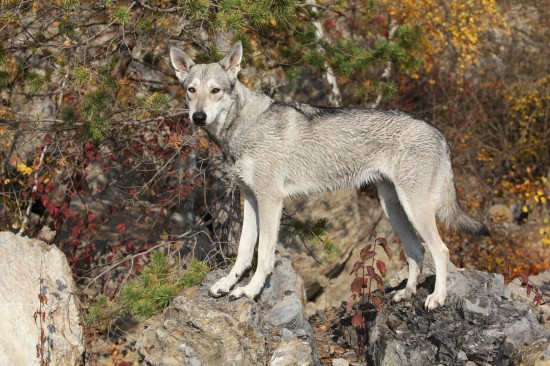 All About The Saarloos Wolfdog
All About The Saa
All About The Saarloos Wolfdog
All About The Saa
 Whom to visit for the ventilated Chicken Runs in the market?
Whom to visit for the ventilated Chicken Runs in the marke
Whom to visit for the ventilated Chicken Runs in the market?
Whom to visit for the ventilated Chicken Runs in the marke
Copyright © 2005-2016 Pet Information All Rights Reserved
Contact us: www162date@outlook.com